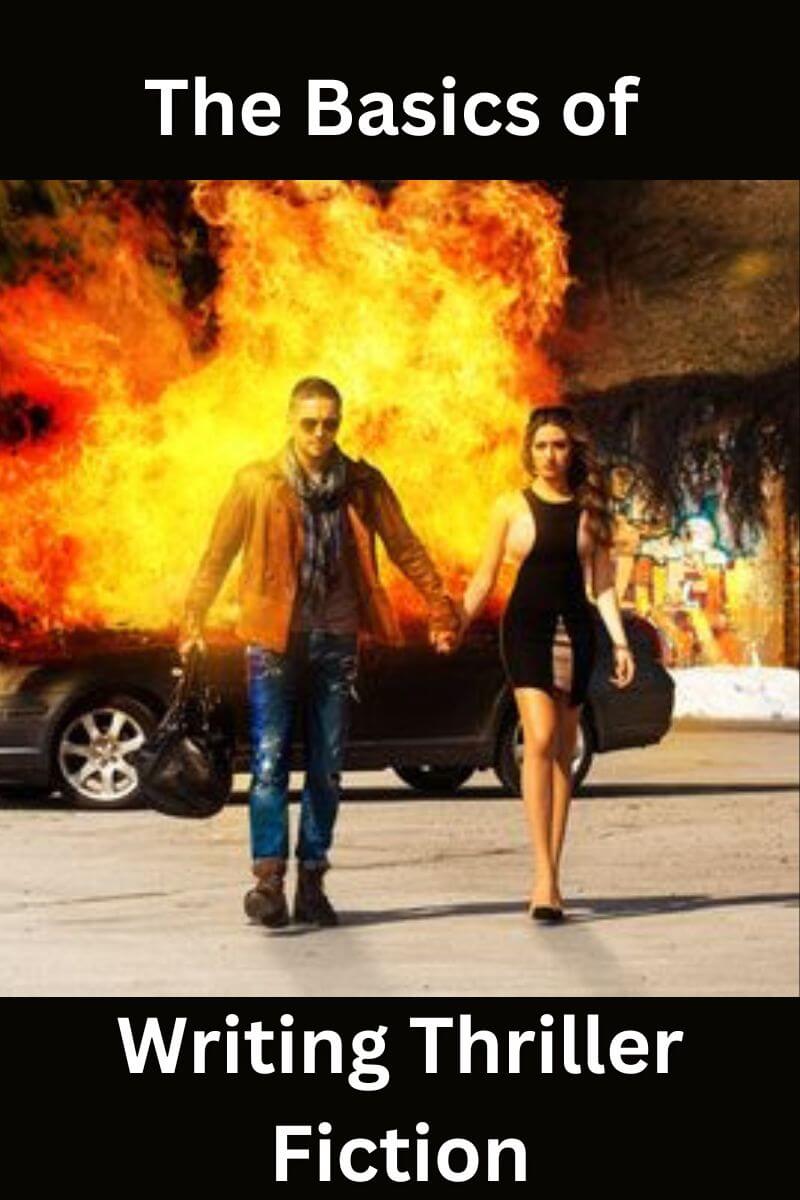Multiple simultaneous POVs
by Manuel
(Italy)
Question: Ok, I've already understood what's behind the choice of having multiple Main Characters and the possibility to switch POV from one Character to another, as in the example given as an answer to another question (let's say 3 MC with 3 different POV all along). But what happens when two of the MC are together? or even ALL THREE of them are together? which POV should I use? Example (2 MC): Jane, and Bob. I tell the story from Jane's POV in one chapter. then in another chapter I show what's happening to Bob from Bob's POV. how I handle the next chapter, in which Jane and Bob are together? I think it's a bit tricky and difficult to handle without falling for the OMNISCIENT NARRATOR. Look at what Stephen King does in "IT", as an example.
Answer: An omniscient narrator is a viable possibility. Another is to write the scene from the point of view of one of your characters.
To decide which POV character is right for this scene, you must have a sense of how important this scene is to each character's arc - to their inner journey.
For instance, let's assume the scene involves an event, which is an irreversible change that sends the character or characters in a new direction. You might ask yourself which character will be prompted to act in a new way or with a new purpose as a result?
More importantly, whose inner journey will be most affected by this event? Who will feel most pressured to change? Some characters won't be affected internally, others will.
Now, this
For example, let's say you have a scene in which a little boy witnesses a court trial in which his father gets sentenced to prison. Obviously, this event affects both characters externally. It could also be a major incident in the boy's inner story arc - affecting how he feels about the unfairness of the world. Or you could tell it from the father's point of view and convey his feelings of guilt around letting his son down or his fear of going to prison. You have to decide whose inner journey you want the reader to follow.
On the other hand, maybe you want a scene to be an important moment in the arc of two or more characters. Many writers solve this dilemma by presenting the scene first from one character's viewpoint, and then later presenting the same scene from another viewpoint. This can work because each character perceives different details in the scene, so the second telling can fill in important details that were missing from the first. It also gives the reader an opportunity to appreciate what the event meant personally to each character.
Of course, presenting the same scene more than twice gets increasingly challenging, but probably not impossible.
Comments for Multiple simultaneous POVs
|
||
|
||
- Home
- Character Questions
- Multiple simultaneous POVs











